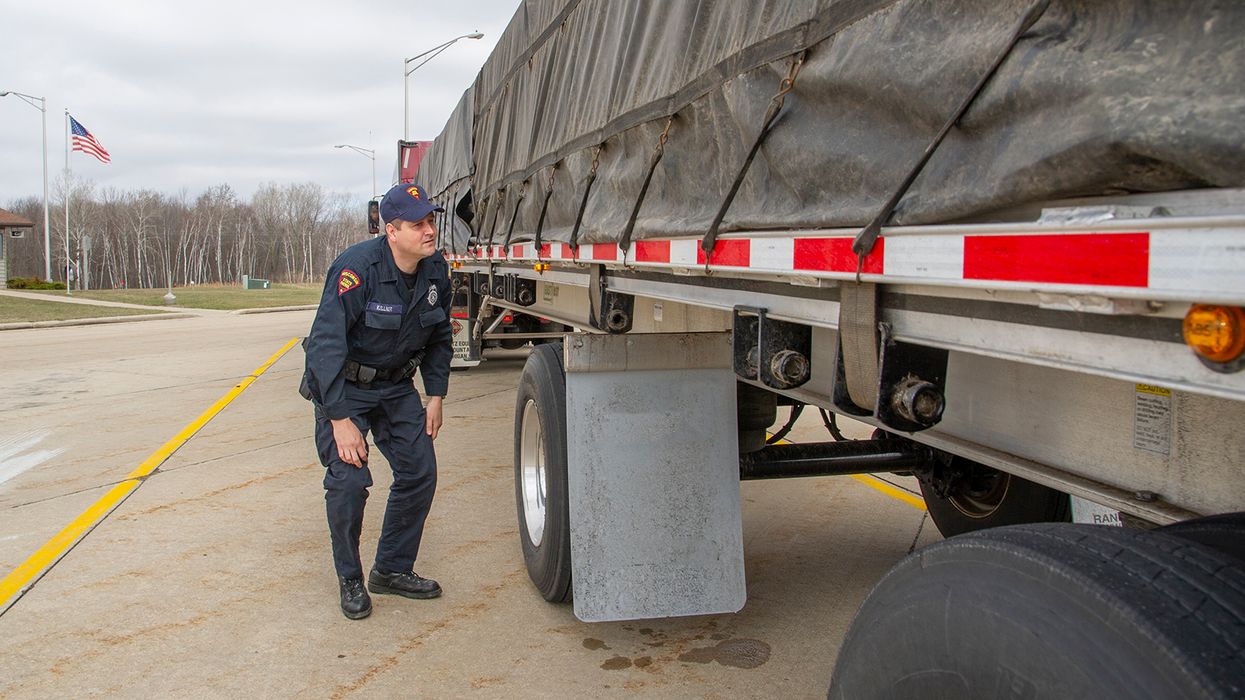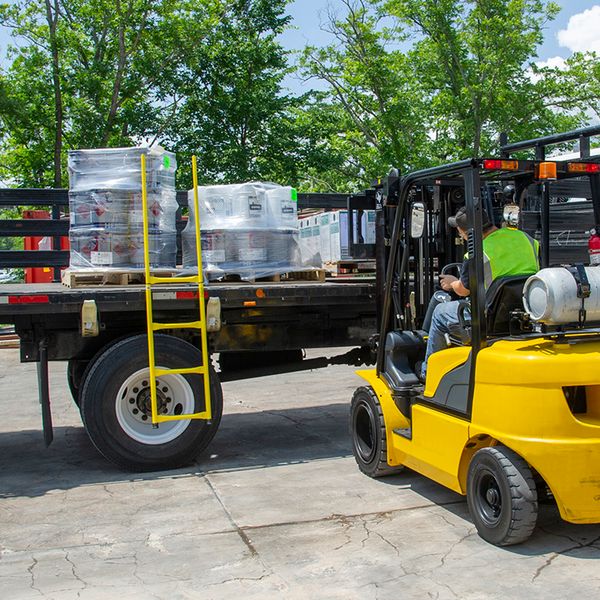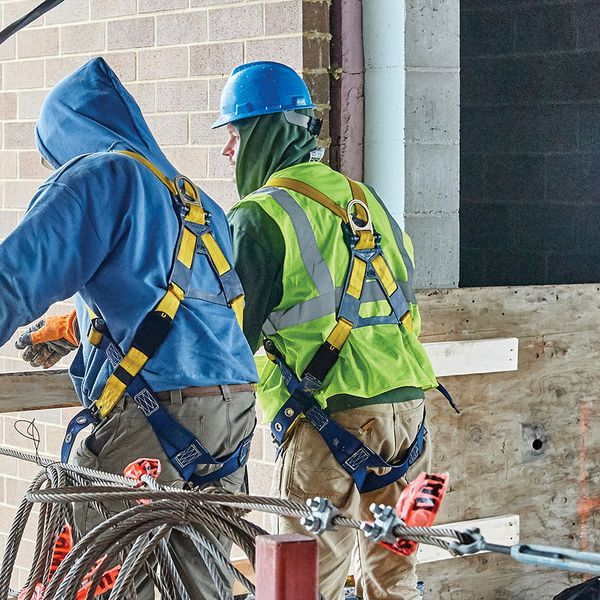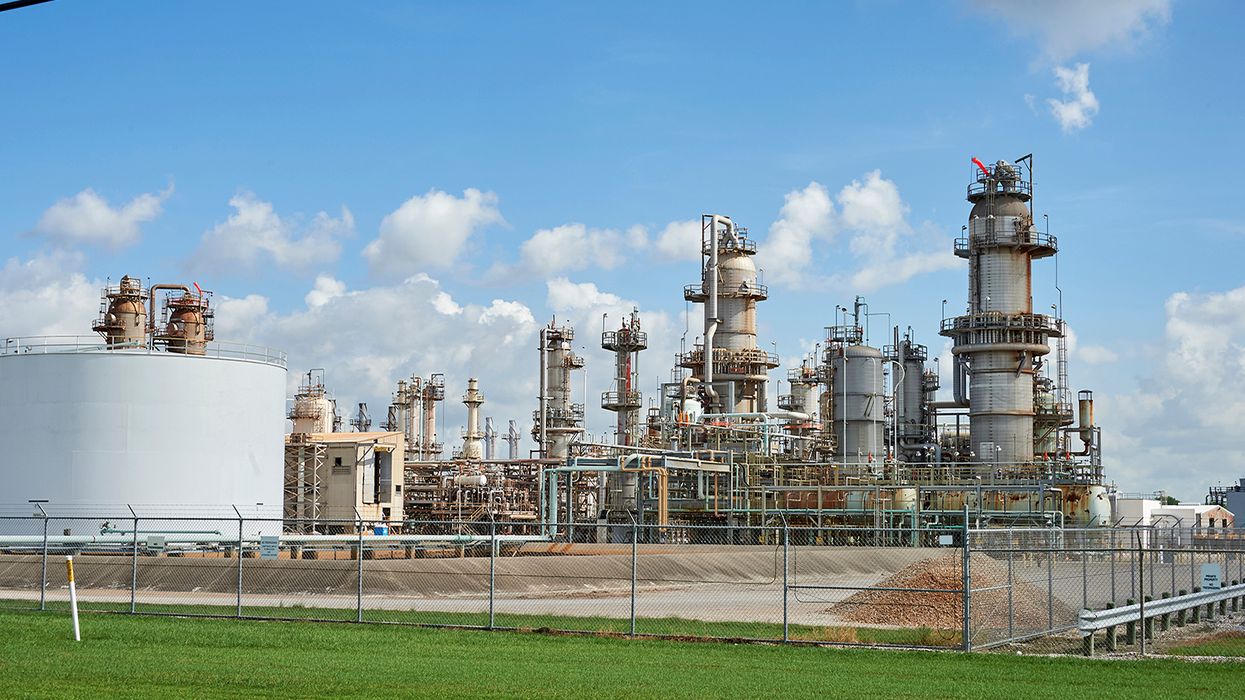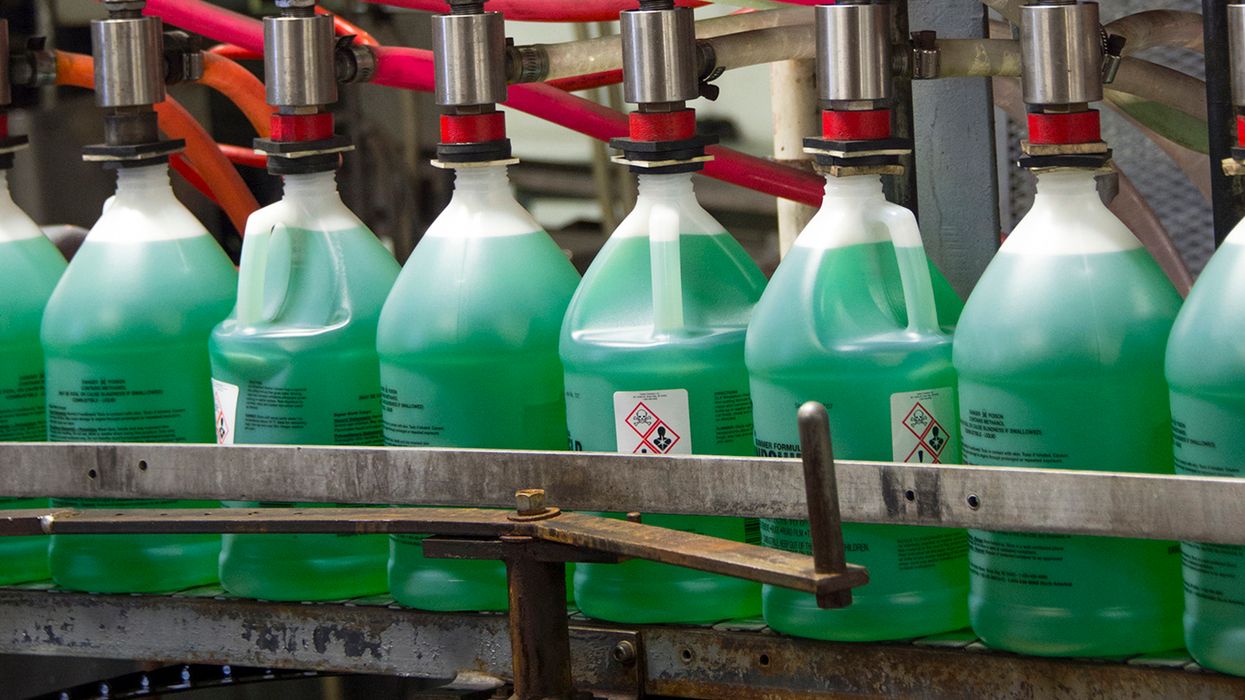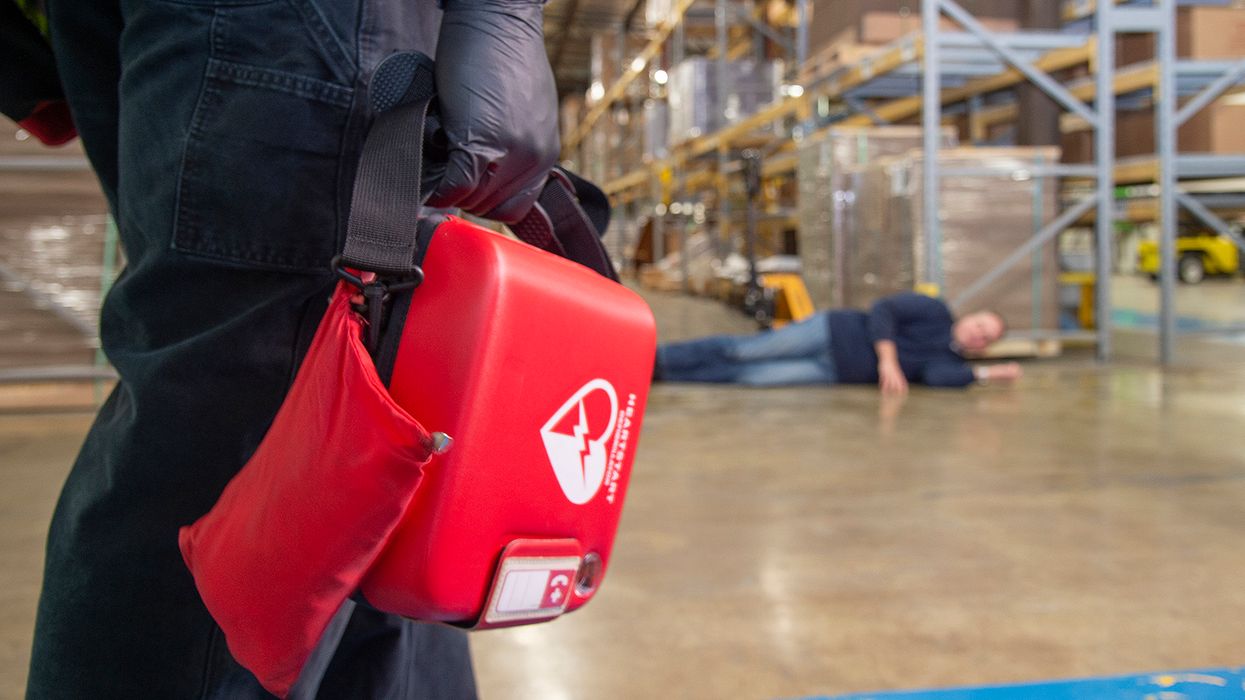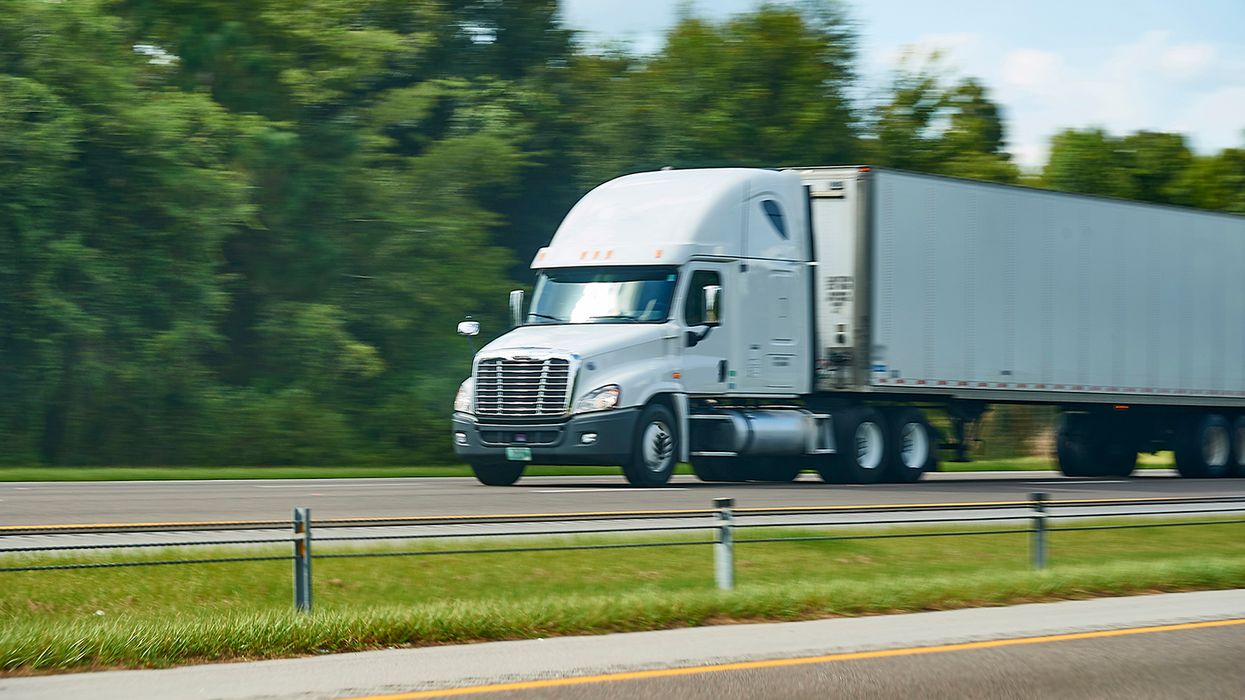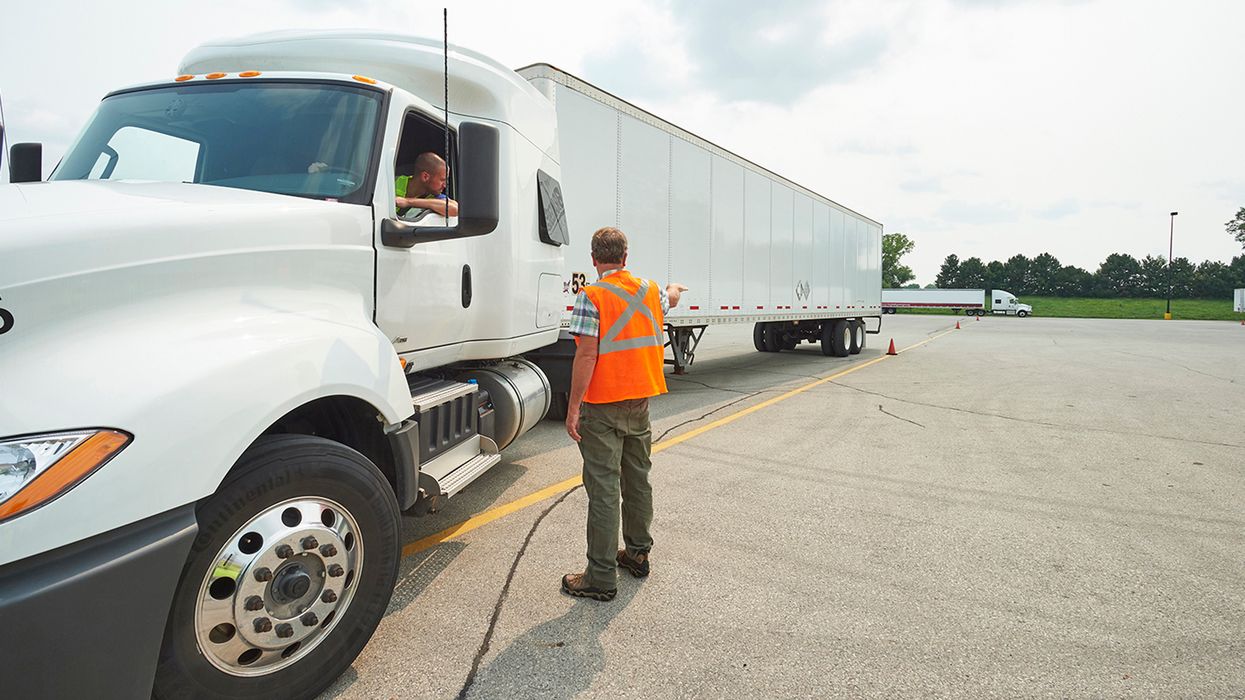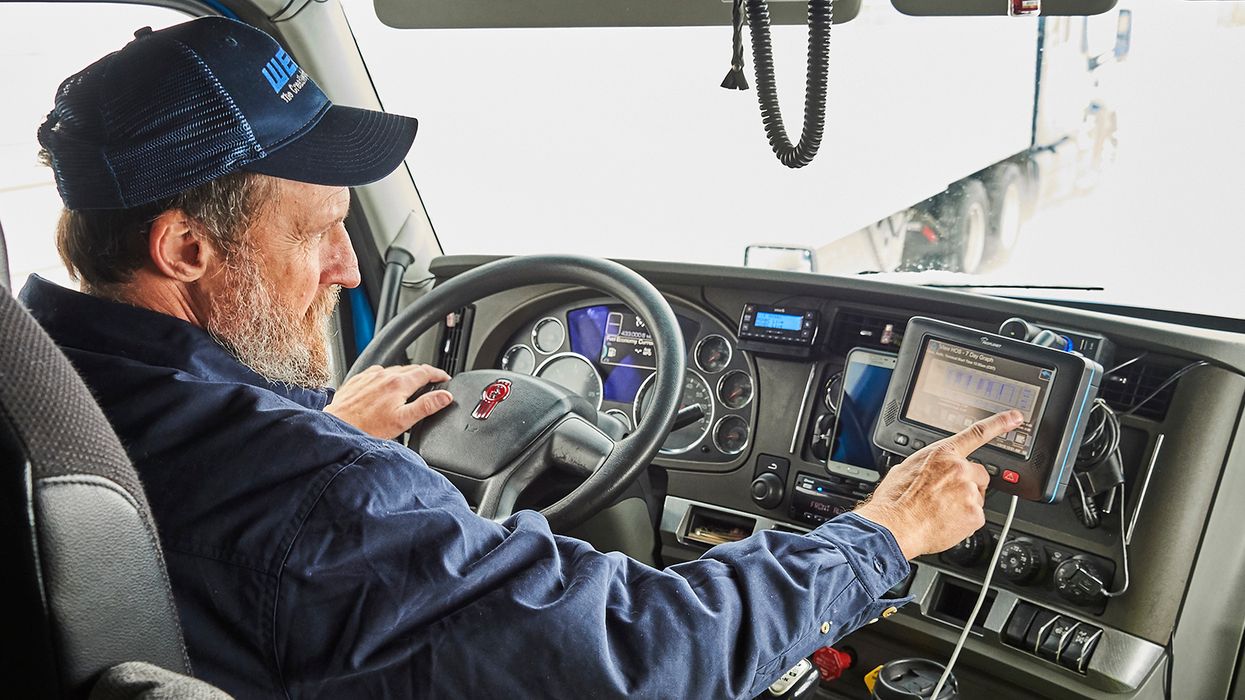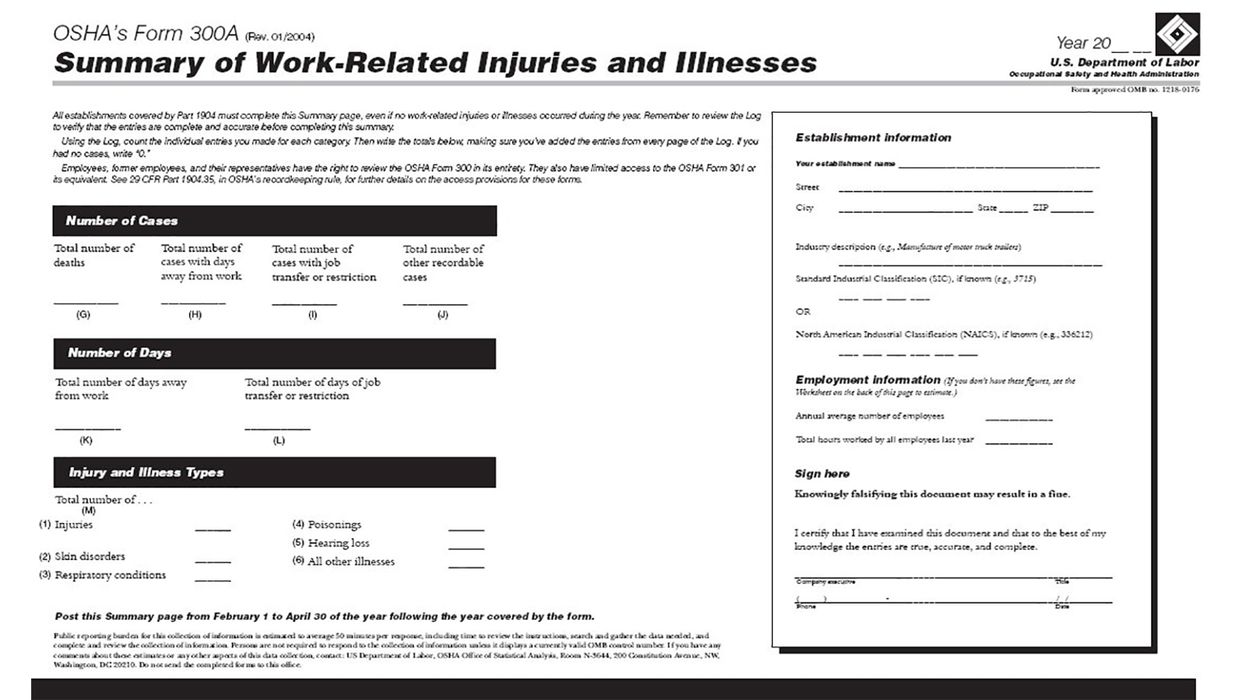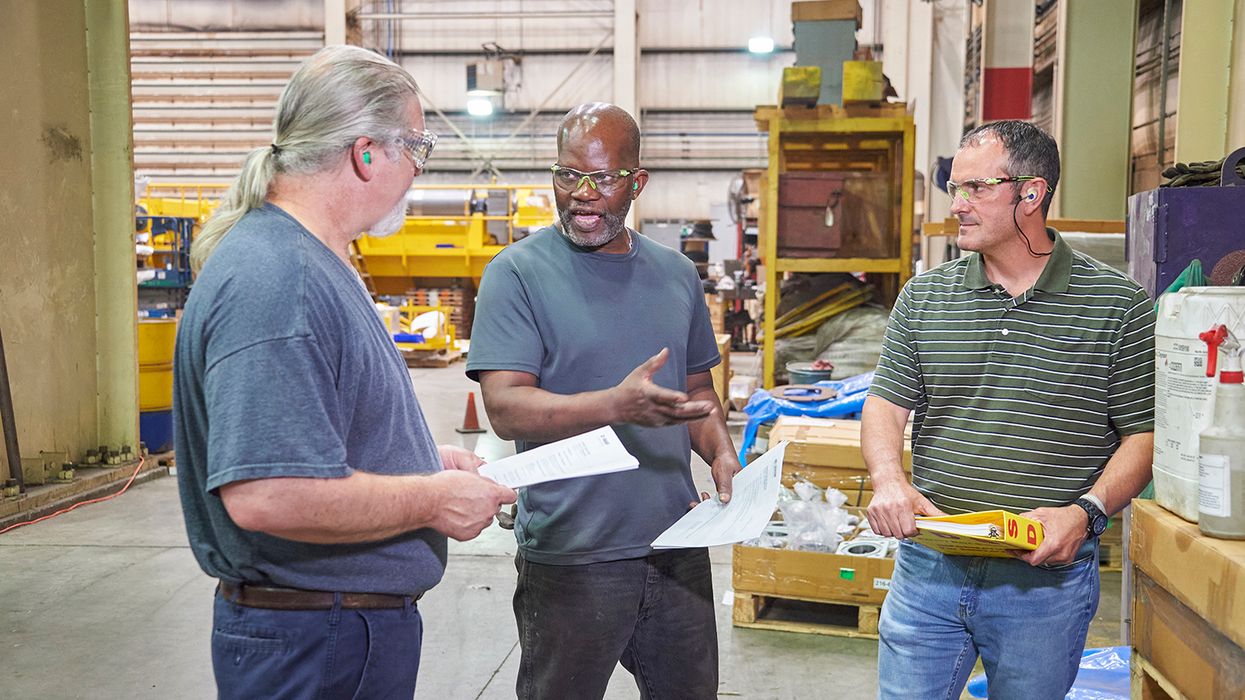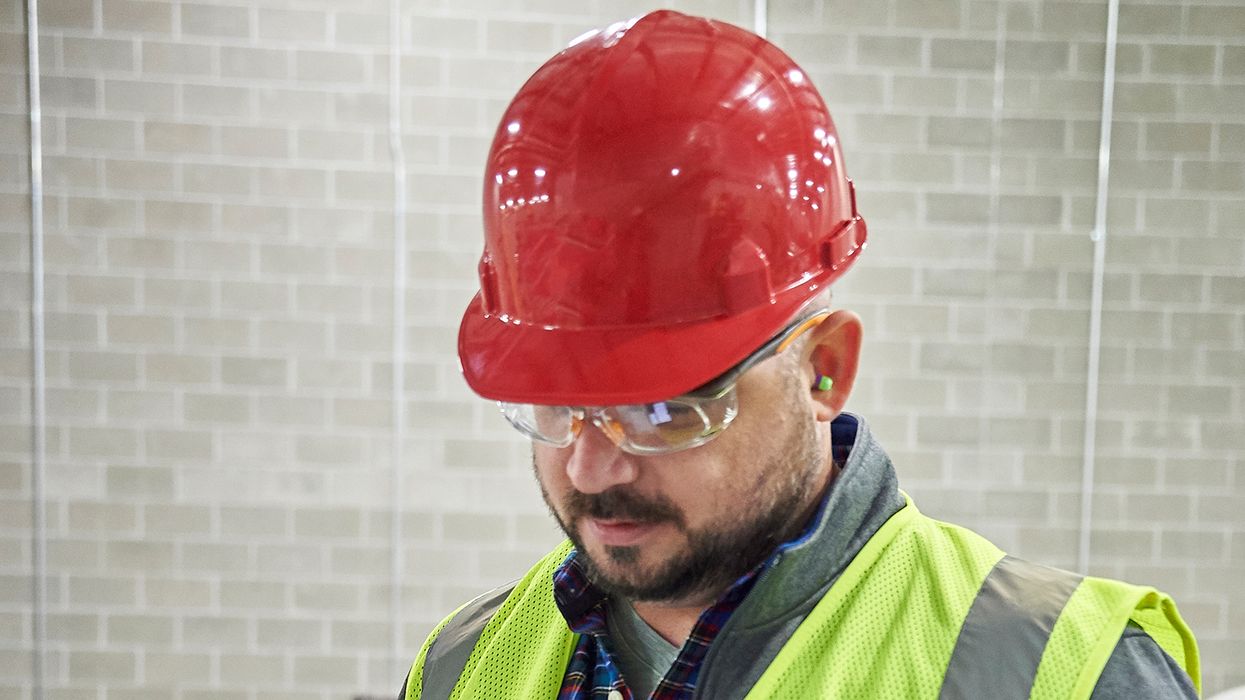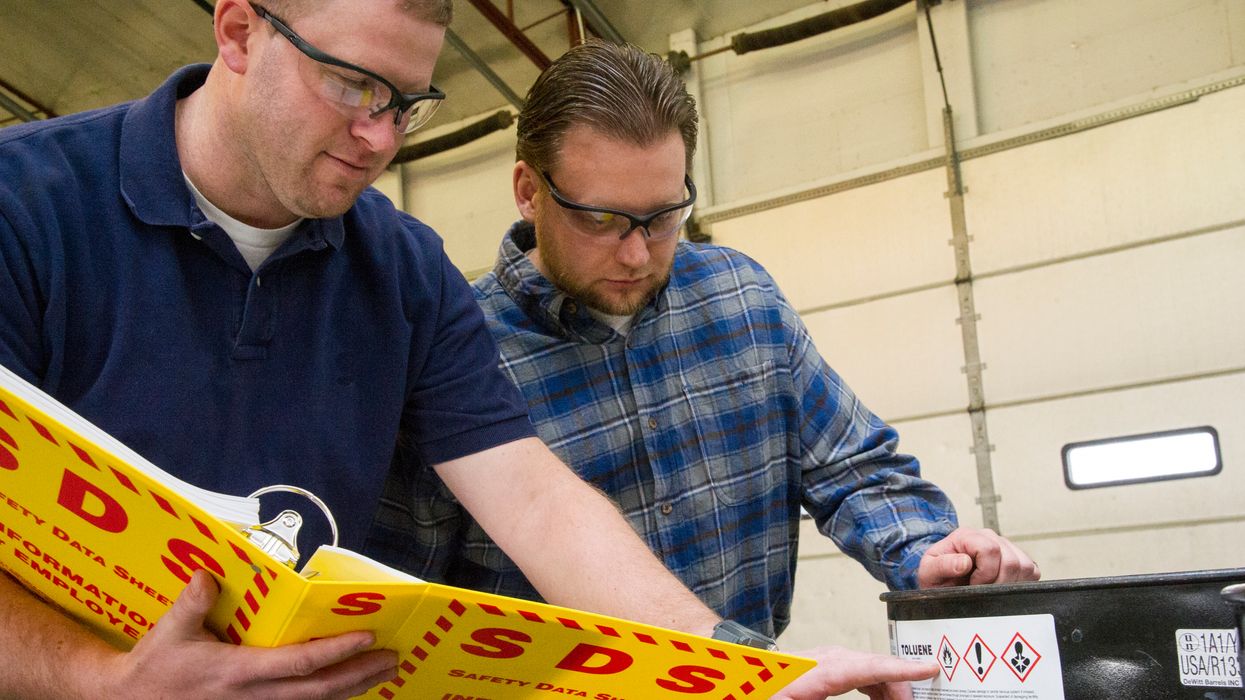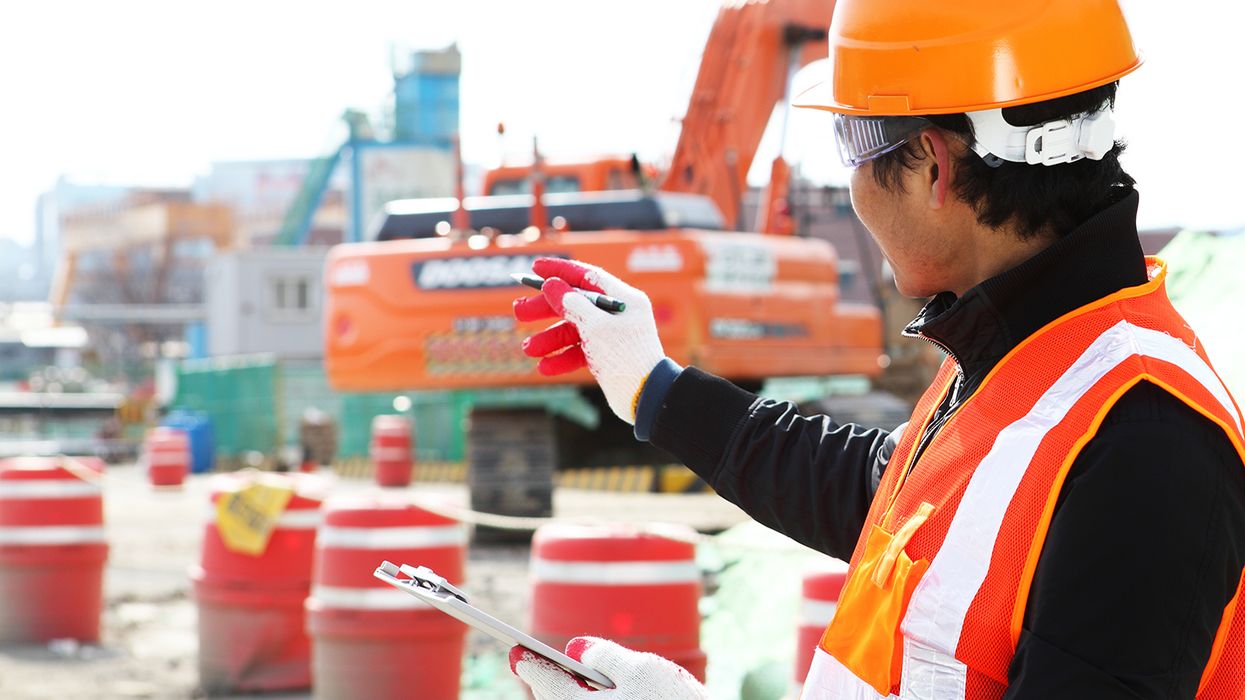Is fall protection required for workers on semi trailers?
Using fall protection is always a good idea, but OSHA recognizes that it’s not always feasible. When employees must climb on trailers or other rolling stock without fall protection, employers should take other measures to minimize the risk of falls.
The fall protection expectations differ slightly between construction and general industry. For construction, fall protection is not required on trailers or other rolling stock. The definition of a walking/working surface in 1926.500 says that the term does not include “ladders, vehicles, or trailers, on which employees must be located in order to perform their job duties.” Even so, using fall protection is a best practice whenever possible. At a minimum, train employees to perform their tasks safely with an emphasis on avoiding fall hazards.
For general industry, OSHA clarified that fall protection is not required unless providing it would be feasible; if so, employers must provide it. Note that “feasible” means it could be provided, even if the anchor points or other necessary components are not currently installed.
General industry guidance
When OSHA updated the walking/working surface regulations in 2016, the Preamble noted that providing fall protection for workers on rolling stock would be technologically feasible. However, economic feasibility was not addressed. That final rule didn’t address fall protection on rolling stock because OSHA had not covered the issue in the proposed rule. OSHA could not add requirements that had not been proposed for public comment. The agency simply stated that its enforcement policy was not changing.
That policy comes from a memo dated October 18, 1996. It outlines a settlement with grain handling facilities, but OSHA applies the same concepts to all employers. The memo states that OSHA won’t cite fall hazards from rolling stock under Subpart D (the walking-working surface standards). However, it could cite under 1910.132 for personal protective equipment or under the General Duty Clause if using fall protection would be feasible. Specifically, the memo says that OSHA would not cite for fall hazards “unless employees are working atop stock that is positioned inside of or contiguous to a building or other structure where the installation of fall protection is feasible.”
At first glance, this sounds simple: if fall protection is available or could be implemented (like inside a building), then employers must provide it. A significant challenge, however, is that trailers are commonly loaded and unloaded outdoors. In addition, even if an employer installed outdoor fall protection systems at its facilities, a driver visiting customer locations may not have access to suitable anchor points. For related information, see our article Fall protection training for drivers is required, but it's not what you think.
Employers should evaluate all possible measures to help employees protect themselves from falls. Those measures might include training on proper techniques or procedures, warnings against particular hazards like working in snow, or using equipment such as ladders when possible.
Key to remember: When fall protection isn’t feasible for employees working on trailers, employers should evaluate other possible options to maximize employee protection.

